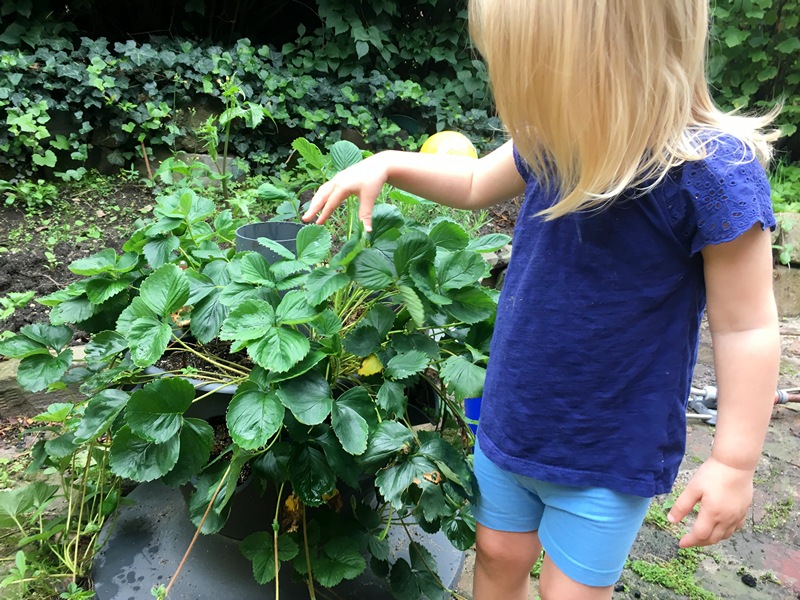
You don’t need to be a Greenhouse Fanatic we all started our gardening journey with some backyard greenhouse basics. Growing and maintaining plants in a backyard greenhouse doesn’t require a master gardener certification or a PhD. in Botany.
It takes some care and attention to the plants’ light, temperature and moisture requirements. This University of Georgia publication, Growing Indoor Plants with Success lists a range of plants and their requirements. Here will go over some Backyard Greenhouse Basics.
Successful greenhouse fanatics have a daily routine for Backyard Greenhouse activities’. A daily walk-through is a given, five-ten minutes should be adequate for the average weekday. If your walk-through becomes more of a chore than a chill-out session, it’s time to scale back the greenhouse or “see another hobby”.
Your plant requires regular fertilizer, water, and cleanup. Daily inspection for pests will keep things healthy. Another great publication this from the University of Kentucky, Controls For Greenhouse Vegetable Insect Pests list some best practices with regards to pest control.
Greenhouse Basics
Control the Temperature Extremes

Use efficient heaters and vents, don’t go cheap on the heat in a Greenhouse ecosystem, to manage the air temperature inside a backyard greenhouse. Waiting for the first winter blast of cold before turning on the heat can be as damaging to your plants as the extreme summer heat.
If you are the tropical plants type it’s important to remember then are expensive to heat, with cold greenhouses allowing for a small range of cold-hardy plants. Generally speaking, backyard greenhouses are primarily kept to a moderate temperature range between 10 (50f) and 22 (70f) degrees Celsius. A wide range of temperate to sub-tropical foliage, flowers, and vegetables can be supported by this temperature range. Soil and water temperature are also important considerations and should be kept in an appropriate temperature range.
Shocking your plant with water temperature extremes will cause foliage issues such as leaf spots from cold water, and burns from hot water. Raising soil temperatures in backyard greenhouses can be accomplished with heating pads and tubes.
Commit To Supplemental Lighting
Supplemental grow-lighting should not be underappreciated. You may need extra light during the day, or to extend short winter days to encourage flowering and growth. Plants’ light needs vary, but a general rule is that flowering plants need about twice as much light as foliage, so some spaces in your backyard greenhouse may need supplemental lighting. The most productive and energy-efficient supplemental light source is a set of full-spectrum LED light panels.
To determine how much supplemental light or shade you need in a backyard greenhouse, place a flat white sheet of paper on the surface you need to measure. Then set the shutter speed on your camera to 1/60 second and try to take a picture of the paper with a camera.
Adjust the F-stop until you can take the photo. An F-Stop setting of 3 translates to 200 foot-candles, enough for rubber trees and most ferns. An F-Stop setting of 16 equals 5,000 foot-candles, the optimal level for cacti and many vegetables.
See our Article: Supplemental Lighting Options
Monitor Humidity Test And Adjust
Regularly measure and adjust the humidity in a backyard greenhouse. Most plants lose water faster than they can replace it if the humidity stays below 50 percent. At the other extreme, 80% humidity can promote leaf disease in some plants but can help tropical plants thrive. Boosting humidity can be as simple as misting the plants or watering the floor, or it may require a permanent mist system.
Newer mist systems include humidity controls that shut off if water builds up on their monitors. To reduce humidity, open vents and switch on fans. Control the temperature, light, and humidity to maintain a successful backyard greenhouse all year.
Check Out Our Ultimate Greenhouse Guide To Get Growing
Ultimately, the right greenhouse for you is one which you will use for a long period of time – one which meets your demands and fits in with your lifestyle. Once you’re happy with your choice, read our guide on getting the most out of your new greenhouse. What works for some growers may not meet your requirements. More complex plans may be just up your alley, sometimes those plans can stifle success. Grow smart, not hard! Gardening advocates advise that you start with a basic, structure like a pop-up greenhouse so you can get the hang of your new plant responsibilities. The full-size challenges of Backyard Greenhouse gardening await! If you’re looking for more in-depth greenhouse reviews or comparisons, click here to check out the top reviews.
